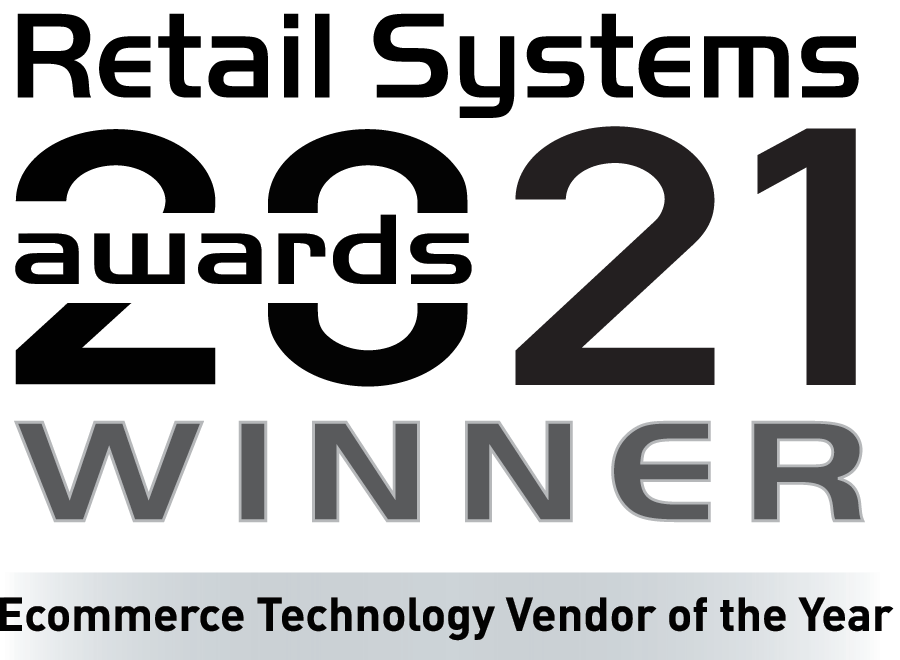Third party marketplaces are among the hottest e-commerce trends. What are they, and how can sellers take advantage of them?
Ecommerce is going through explosive growth. The pandemic was influential in forcing customers online to do their shopping, rising from 14% of all trade in 2019 to 17% in 2020. Alongside this, companies quickly began scaling up their online infrastructure to deal with the influx of orders. Selling everywhere became a strategy for multiple brands and retailers looking for sales, and marketplaces became the buzzword on everybody’s lips. Today, nothing has changed.
In this article, we’ll talk about what 3P marketplace are, their benefits, and how to begin selling on them in order to drive your sales.
- What is an online marketplace?
- What is a 3P marketplace?
- What are the advantages of selling on a 3P marketplace?
- What are the disadvantages?
- How does a 3P marketplace differ from a 1P marketplace?
- Begin selling on marketplaces
What is an online marketplace?
Marketplaces have existed for hundreds of years with sellers pitching up to sell their products to customers in a set area such as a town square. An online marketplace is no different except that the transactions take place online. Depending on the requirements of the marketplace, almost anybody can sign up and begin selling.
Marketplaces can be open, like Amazon or eBay, or closed which are more common, with retailers curating the sellers on their platform. These include the likes of B&Q, Next, Macy’s, and many more.
What is a 3P marketplace?
A 3P Marketplace allows retailers to sell their products directly to customers from their own branded storefront on a larger ecommerce website such as Amazon or Walmart. Just as in a physical market, the sales contract is between the buyer and the seller. The marketplace itself is merely the facilitator of the transaction.
On a 3P marketplace, sellers generally manage everything to do with the sale. This includes any customer service issues and shipping. However, as 3P marketplaces have grown, some offer their own fulfilment services, such as Amazon, in exchange for a fee.
What are the advantages of selling on a 3P marketplace?
The main advantage of selling on a 3P marketplace is maintaining control of everything to do with your products. The most important of these is being in sole charge of pricing. If other sellers discount similar products, your brand can quickly keep up with market movements. Alternatively, a company can create sales of poorly performing products at will, especially with a tool such as Intelligent Reach's Label Manager.
It isn’t just pricing that matters either. Brands can maintain a focus on their product data, including imagery and descriptions. If a product has low impressions, A/B testing product titles is something easily achievable when selling on a 3P marketplace. This isn’t the case with 1P marketplaces (see below).
What are the disadvantages?
There are many advantages of selling on 3P marketplaces but for some companies the benefits might be difficult to enjoy without a marketplace management solution in place.
Without a product feed management platform, optimising listings and managing promotions can be difficult. As well as this, it can be hard to maintain focus on stock levels. There is nothing worse than actively promoting a product that isn’t in stock.
Larger companies with many thousands of SKUs often struggle to maintain accurate product data. This is often the case when selling on many 3P marketplaces rather than just one like Amazon. If a product is bought on one marketplace, this needs to be updated on another. Moreover, marketplaces can update their rules at a moment’s notice; what might be a required field on one site won’t be on another. Having a complete product feed is vital to maintaining great sales.
With a platform like Intelligent Reach, companies can rest easy that their product feed is continually the best it can be. Our platform offers a data quality score, can fix at scale and allows you to A/B test your product data with many more features, as well as including product data syndication that refreshes in almost real time (maintaining accurate stock level data across every 3P marketplace on which you sell).
Unsure if your product data is as good as possible? Book a free product feed audit.
How does a 3P marketplace differ to a 1P marketplace?
Selling on a 3P marketplace is desirable for many brands for the many reasons above. Even so, it isn’t the only option. Many companies in the D2C (direct-to-consumer) market may find selling via a 1P marketplace preferable. This is where the marketplace becomes the seller to the customer after buying a brand’s products in bulk at wholesales prices.
This option has many advantages; the main one being that the marketplace handles every part of the sales process, saving your business time. They’ll even optimise the product listings! Alongside this, a brand benefits from the marketplace’s own brand awareness and credibility (e.g., Amazon is known for great customer service).
A 1P marketplace isn’t perfect though. If your company prides itself on its branding, this could suffer. Operating a 1P marketplace strategy means losing control over product descriptions and how they are shown to customers. You also give up control of pricing. This can damage your brand long term, especially if your products are included in a flash sale with heavy discounts.
Begin selling on marketplaces
Marketplaces are growing every year. By 2027, sales on 3P marketplaces will account for 59% of all ecommerce sales. Starting to sell on marketplaces can be difficult though. Should you choose larger marketplaces with many products or smaller websites that cater to your niche? Perhaps it’s easier to sell by country? To make it easier for you, we’ve put together a number of articles to make selling on marketplaces as easy as possible. These include informative lists or articles dedicated to one particular marketplace (only a few are listed below). Simply click the links below and begin selling.
- Top marketplaces to sell on in the US
- Best marketplaces to sell on in the UK
- Top marketplaces to sell on in Australia and New Zealand
- Top fashion marketplaces to sell on worldwide
- How to sell on Boots marketplace
- How to sell on Macy's marketplace
- How to sell on Kroger marketplace
We also offer free downloads, such as selling on marketplaces for long-term success which includes insight from companies including Amazon, eBay and Catch.com (for our Australian readers).
Struggling with product visibility on marketplaces? It's probably your product data
Book a free product data feed audit to learn how to improve your listings and CTR.
SIGN UP NOWTags










 River Island
River Island